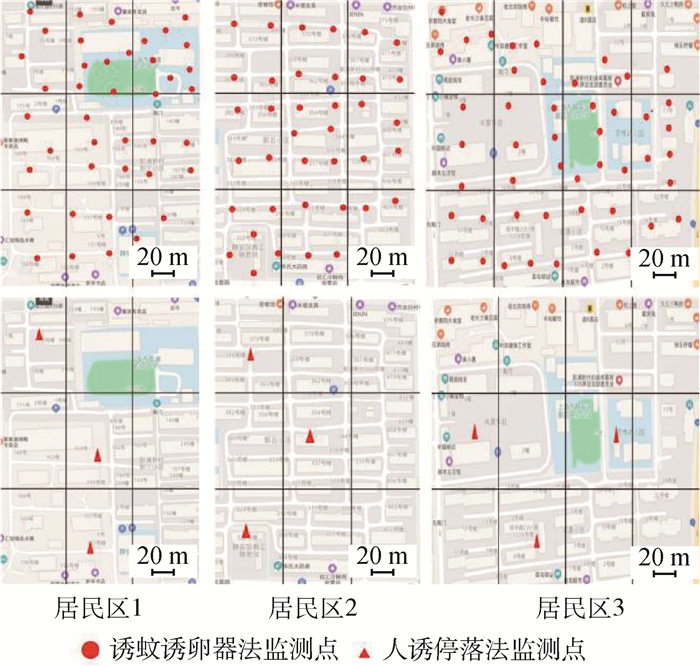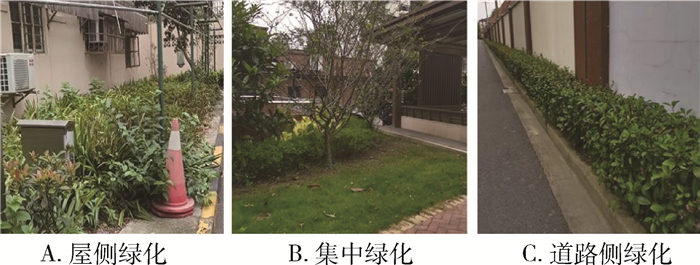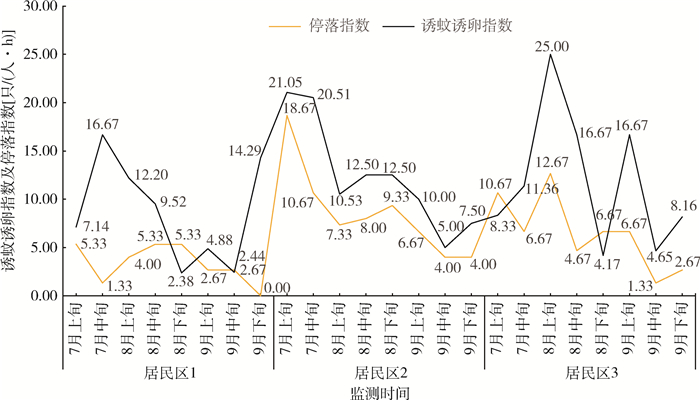| 1 |
王永亮, 钱成, 郭运生, 等. 全球登革热流行势态及其影响评述[J]. 口岸卫生控制, 2018, 23 (4):20-26.
DOI
|
|
Wang YL, Qian C, Guo YS, et al. Review on global dengue epidemiology with influence[J]. Port Health Control, 2018, 23 (4):20-26.
DOI
|
| 2 |
Schlagenhauf P, Weld L, Goorhuis A, et al. Travel-associated infection presenting in Europe (2008-12): An analysis of EuroTravNet longitudinal, surveillance data, and evaluation of the effect of the pre-travel consultation[J]. Lancet Infect Dis, 2015, 15 (1):55-64.
DOI
|
| 3 |
汪圣强, 杨蒙蒙, 朱国鼎, 等. "一带一路"倡议下输入性蚊媒传染病的防控[J]. 中国血吸虫病防治杂志, 2018, 30 (1):9-13.
DOI
|
|
Wang SQ, Yang MM, Zhu GD, et al. Control of imported mosquito-borne diseases under the Belt and Road Initiative[J]. Chin J Schisto Control, 2018, 30 (1):9-13.
DOI
|
| 4 |
牟笛, 何泱霓, 陈秋兰, 等. 我国2016年登革热输入和本地病例流行病学特征比较[J]. 疾病监测, 2017, 32 (3):184-189.
DOI
|
|
Mu D, He YN, Chen QL, et al. Comparison of epidemiological features between imported and indigenous dengue fever cases in China[J]. Dis Surveill, 2017, 32 (3):184-189.
DOI
|
| 5 |
Yue YJ, Sun JM, Liu XB, et al. Spatial analysis of dengue fever and exploration of its environmental and socio-economic risk factors using ordinary least squares: A case study in five districts of Guangzhou city, China, 2014[J]. Int J Infect Dis, 2018, 75, 39-48.
DOI
|
| 6 |
World Health Organization. Dengue: Guidelines, for diagnosis, treatment, prevention and control[R]. Geneva: WHO, 2009: 120-122.
|
| 7 |
Barreto E, Resende MC, Eiras AE, et al. Evaluation of the baited ovitrap with natural attractant for monitoring Aedes spp. in Dili, capital of East Timor[J]. Cien Saude Colet, 2020, 25 (2):665-672.
DOI
|
| 8 |
Iyaloo DP, Facknath S, Bheecarry A. Seasonal changes in the distribution and relative abundance of the dengue vector, Aedes albopictus in two villages in Mauritius: Implications for a sterile release programme[J]. Afr Entomol, 2019, 27 (1):218-227.
DOI
|
| 9 |
Mardiana, Wibowo A, Mahmudah. The difference existence of Aedes sp. larvae based on ovitrap locating in Samarinda city Indonesia[J]. Indian J Public Health Res Dev, 2018, 9 (12):1405-1409.
DOI
|
| 10 |
闫冬明, 黄坤, 赵春春, 等. 常用蚊虫监测方法和技术研究进展[J]. 中国媒介生物学及控制杂志, 2020, 31 (1):108-112.
DOI
|
|
Yan DM, Huang K, Zhao CC, et al. Research advances in common methods and techniques for mosquito surveillance[J]. Chin J Vector Biol Control, 2020, 31 (1):108-112.
DOI
|
| 11 |
茌静, 古文媚, 陈戊申, 等. 3种媒介伊蚊监测方法在登革热疫点中的应用及相关性研究[J]. 中国媒介生物学及控制杂志, 2015, 26 (5):495-497, 508.
DOI
|
|
Chi J, Gu WM, Chen WS, et al. Study on the correlation of three monitoring methods and application in epidemic area of dengue fever[J]. Chin J Vector Biol Control, 2015, 26 (5):495-497, 508.
DOI
|
| 12 |
陈红, 黄瑾, 单宁. 上海市静安区媒介伊蚊网格化监测模式研究[J]. 中国媒介生物学及控制杂志, 2021, 32 (1):89-93.
DOI
|
|
Chen H, Huang J, Shan N. A study of grid-based model for Aedes vector surveillance in Jing'an district, Shanghai, China[J]. Chin J Vector Biol Control, 2021, 32 (1):89-93.
DOI
|
| 13 |
陈红, 单宁, 滕志翔, 等. 上海市静安区不同类型场所白纹伊蚊孳生现况调查[J]. 中华卫生杀虫药械, 2018, 24 (4):377-380.
DOI
|
|
Chen H, Shan N, Teng ZX, et al. A study on the breeding of Aedes albopictus in different types of public places in Jing'an district of Shanghai[J]. Chin J Hyg Insect Equip, 2018, 24 (4):377-380.
DOI
|
| 14 |
陈红, 吕敏, 邢莲弟, 等. 上海市静安区不同房屋类型白纹伊蚊孳生特点研究[J]. 中国媒介生物学及控制杂志, 2019, 30 (5):536-539.
DOI
|
|
Chen H, Lyu M, Xing LD, et al. A study of the breeding characteristics of Aedes albopictus in different housing types in Jing'an district of Shanghai, China[J]. Chin J Vector Biol Control, 2019, 30 (5):536-539.
DOI
|
| 15 |
唐烨榕, 姜进勇, 杜龙飞, 等. 云南省景洪市城区登革热网格化管理效果评价[J]. 中国媒介生物学及控制杂志, 2020, 31 (3):254-258, 267.
DOI
|
|
Tang YR, Jiang JY, Du LF, et al. Effectiveness evaluation of the gridding management of dengue fever in the urban area of Jinghong, Yunnan province, China[J]. Chin J Vector Biol Control, 2020, 31 (3):254-258, 267.
DOI
|
| 16 |
朱伟, 王现, 刘翔宇, 等. 上海市徐汇区白纹伊蚊诱卵器法监测分析[J]. 中华卫生杀虫药械, 2020, 26 (2):135-138.
DOI
|
|
Zhu W, Wang X, Liu XY, et al. Monitoring of Aedes albopictus with mosq-ovitraps in Xuhui district of Shanghai[J]. Chin J Hyg Insect Equip, 2020, 26 (2):135-138.
DOI
|
| 17 |
张佳一, 周毅彬, 李彦玲, 等. 网格化诱蚊诱卵器监测方法研究[J]. 中国媒介生物学及控制杂志, 2021, 32 (2):208-212.
DOI
|
|
Zhang JY, Zhou YB, Li YL, et al. A study of grid monitoring method for mosquito ovitraps[J]. Chin J Vector Biol Control, 2021, 32 (2):208-212.
DOI
|
| 18 |
Marquetti MC, Valdés V, Aguilera L, et al. Entomological surveillance over Aedes (S) aegypti and other culicids in Ciudad de La Habana, Cuba 1991-1996[J]. Rev Cubana Med Trop, 2000, 52 (2):133-137.
|










